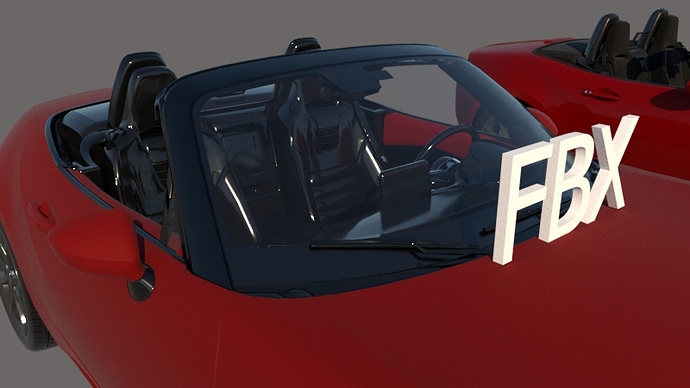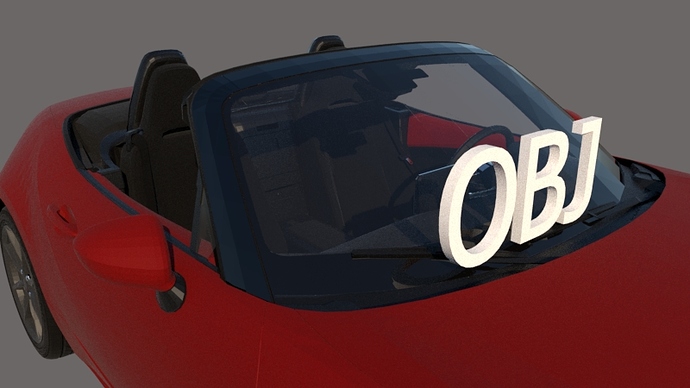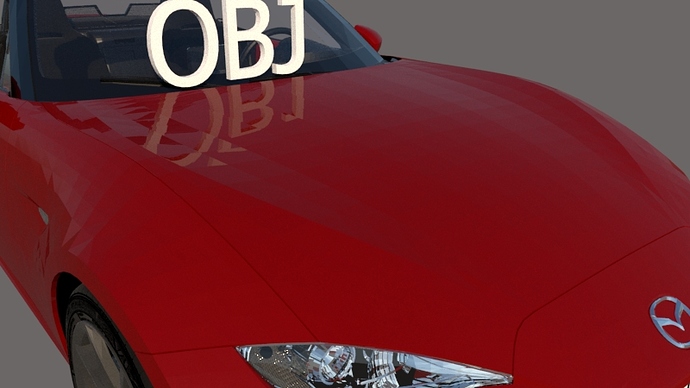I’m using a free model from Viz People for this test and I’m testing out the FBX and OBJ files. These were both imported as Vray proxies. I noticed some differences between the two:
Materials have different reflectivity value for each type of file (notice the leather chairs)
So how does Transmutr determine the reflection and glossiness values of these 3D Models?
Smoothed model
OBJ model is not smoothed like FBX
You can see the “faceted surface” easier after I changed the glossiness of the material
Do you think this was caused by the source file? Because I tried another OBJ and it came out fine, and Megascans files that get imported as OBJ also look good. If it’s caused by the source file, is there a way to fix it without fixing the source file. I also don’t want to fix it by importing full geometry and soften the Sketchup file because sometimes I just want to use them as proxies.




